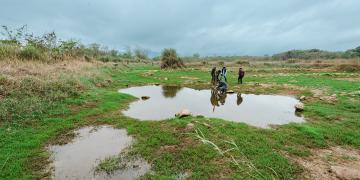Diagnostico participativo e interinstitucional de humedales urbanos costeros
Planificación participativo e interinstitucional de humedales urbanos costeros
Fortalecimiento de capacidades de humedales urbanos costeros
Gestión participativa de jornadas de cuidado comunitaria de humedales urbanos costeros
Integración de humedales urbanos costeros en procesos de políticas publicas
Concientización sobre humedales urbanos costeros
